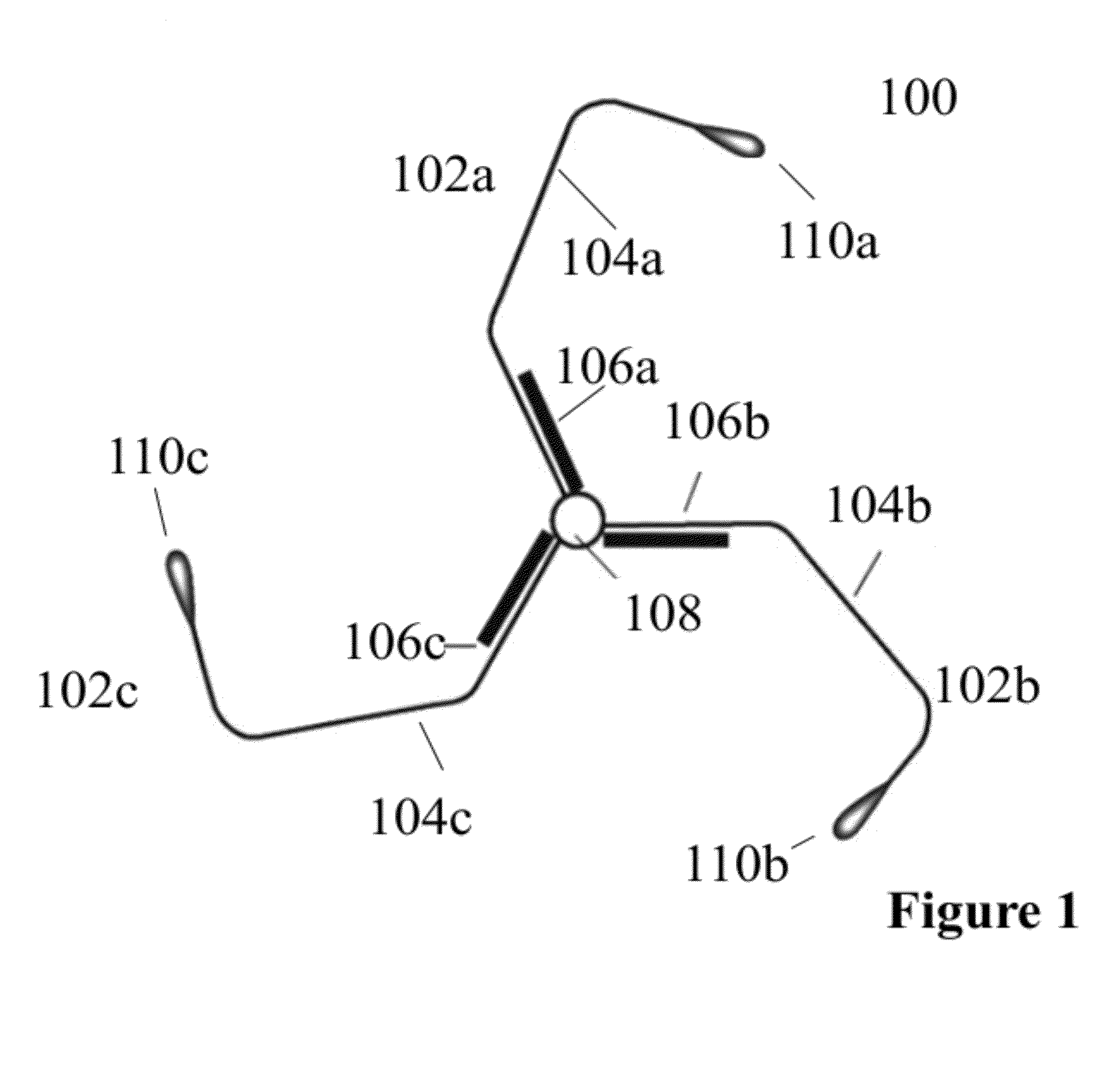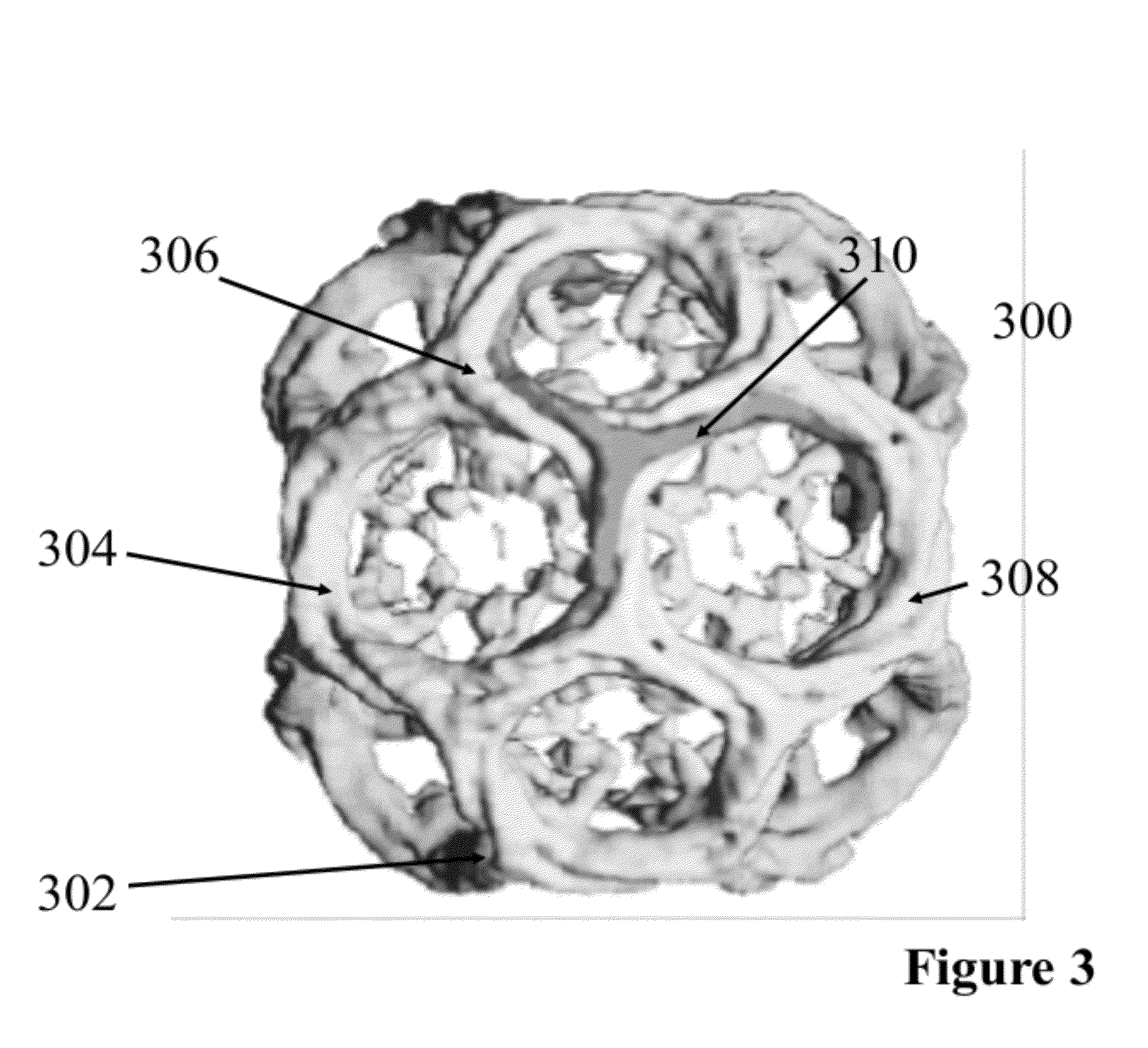Bio-nano-plasmonic elements and platforms
a technology of plasmonic elements and platforms, applied in the field of bio-nano-plasmonic elements and platforms, can solve the problems of insignificant excitation of surface plasmon waves, affecting the plasmonic response of one or more, and only very little incident energy, etc., and achieves the effects of reducing the number of plasmonic elements
- Summary
- Abstract
- Description
- Claims
- Application Information
AI Technical Summary
Benefits of technology
Problems solved by technology
Method used
Image
Examples
Embodiment Construction
[0378]The instant invention is composed of one or more formations of nanoscale elements, with at least some or all formed in vitro from at least one or more isolated, synthetic and or recombinant amino acid residues comprising in whole or in part at least one or more types of clathrin and or Coatomer I / II proteins of one or more isoforms, including cloned isoforms, forming one or more elements of one or more molecular weights, dimensions, geometries, symmetries, frameworks, configurations and combinations, and which operate in vitro and or in vivo. In one invention embodiment, one of the elements is or includes a surface plasmon resonant element comprised in whole or in part of one or more types of metal molecules capable of expressing one or more plasmonic states.
[0379]Plasmonic physics is an interdisciplinary field focusing on the unique properties of both localized and propagating surface plasmon polaritons (SPPs)—quasiparticles in which photons are coupled to the quasi-free elec...
PUM
| Property | Measurement | Unit |
|---|---|---|
| size | aaaaa | aaaaa |
| size | aaaaa | aaaaa |
| gap size | aaaaa | aaaaa |
Abstract
Description
Claims
Application Information
 Login to View More
Login to View More - R&D
- Intellectual Property
- Life Sciences
- Materials
- Tech Scout
- Unparalleled Data Quality
- Higher Quality Content
- 60% Fewer Hallucinations
Browse by: Latest US Patents, China's latest patents, Technical Efficacy Thesaurus, Application Domain, Technology Topic, Popular Technical Reports.
© 2025 PatSnap. All rights reserved.Legal|Privacy policy|Modern Slavery Act Transparency Statement|Sitemap|About US| Contact US: help@patsnap.com



